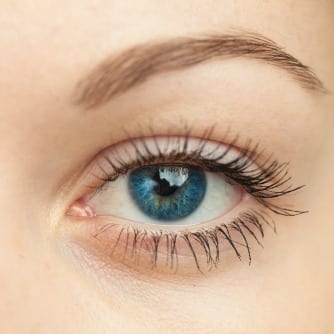The American Academy of Ophthalmology released results of a Harris Poll that shows that a majority of Americans are unaware that taking common drugs and having light-colored eyes can make people more vulnerable to ultraviolet (UV) exposure, a contributing factor to certain eye diseases and conditions. Studies have shown that, in addition to skin cancers, accumulated ultraviolet exposure from the sun can heighten the risk of eye diseases such eye cancer and cataracts, a leading cause of blindness worldwide. Intense UV exposure can also cause temporary blindness known as photokeratitis, while extended sun exposure is linked to growths such as pterygium, or surfer’s eye. The poll, involving 2,027 adults ages 18 and older in the United States, revealed that one-third of adults use medications that may increase photosensitivity, or increased susceptibility to damage from UV rays. However, 49% are unaware or do not believe those medications can cause photosensitivity. These photosensitizing drugs include antibiotics containing tetracycline or floroquinolones, some birth control and estrogen pills and certain anti-inflammatory pain relievers. Further, while more than half (54%) of Americans have light-colored eyes (blue, green or hazel) – only 1 in 3 (32%) of those with light eyes and 29% of all polled know light eyes are more susceptible to UV damage. While people with eyes of any color can develop UV-related eye diseases, light eyes and sun exposure are associated with an increased risk of rare eye cancers, such as iris and uveal melanomas. Ophthalmologists recommend that all individuals – especially those with increased photosensitivity – wear 100% UV-safe sunglasses. While the survey found that 83% of Americans wear sunglasses, only half (47%) said they check for a UV protection label before buying them.




